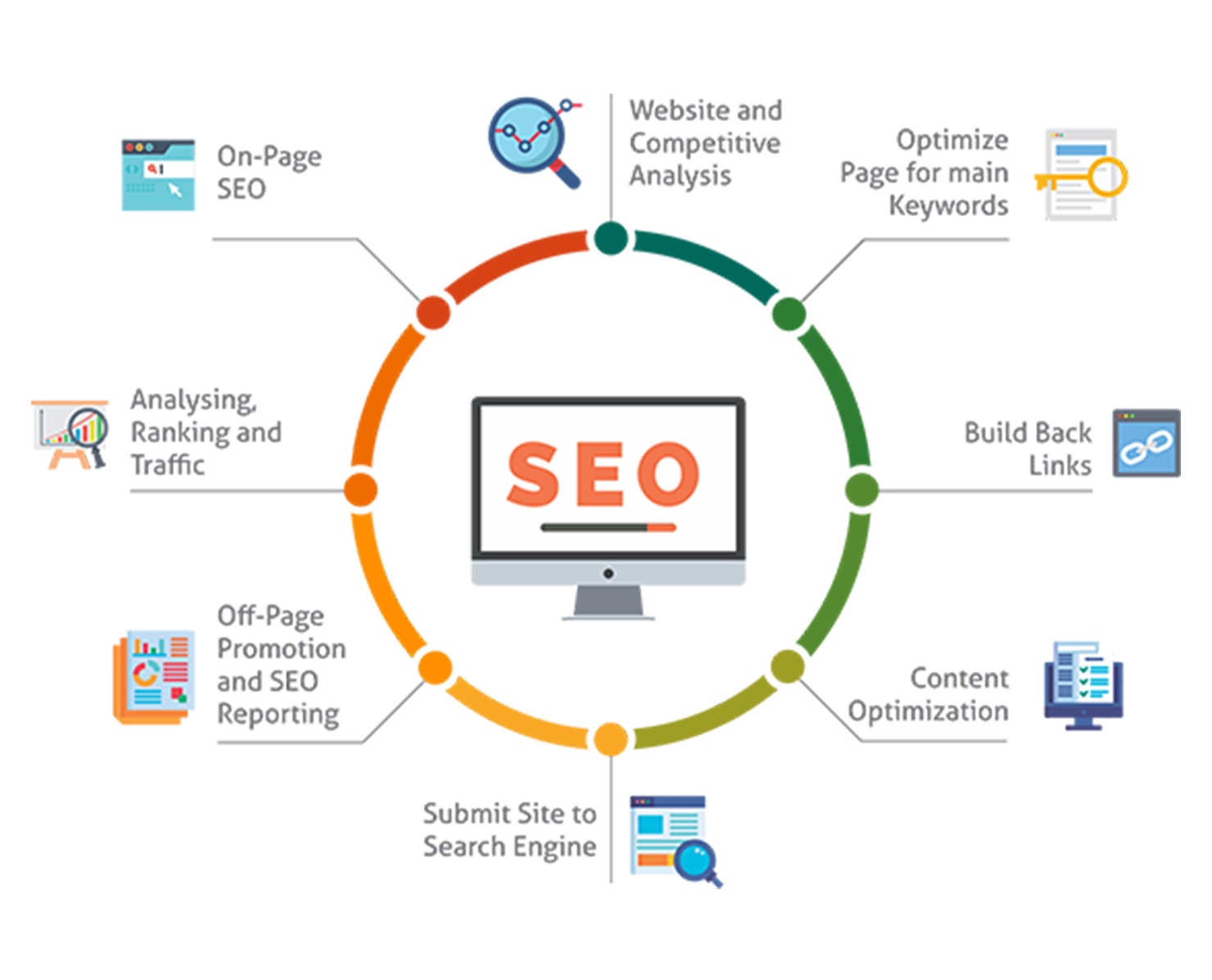The Complete Guide to On-Page SEO

That perception influences that page’s ranking, as well as the ranking of other pages. Depending on your business and strategy, you may rely on developers for some of these tasks, like reducing redirects or optimizing code. If DVMAGIC SEO Europe s the case, create a wiki or guide that developers can reference. Like most aspects of SEO, page speed serves as not only a ranking factor for Google but also users. Engaging with the SEO community and heeding expert advice is invaluable for anyone looking to excel in on-page SEO. Community forums, social media groups, and industry conferences provide discussion, problem-solving, and networking platforms with peers and thought leaders.

Meta Descriptions
- Seeing your site ranked at the top is very prestigious and affects your staff and customer impressions of your brand.
- Focus on creating high-quality, original content that informs, educates, or entertains your target audience.
- By doing so, search engines can easily recognize the breadth and depth of content on the site, improving its visibility in 2024.
- With these tips, you can effectively optimize your website’s LCP and ensure that it loads quickly for your visitors, enhancing their overall experience.
- In that case, avoid using a generic anchor like “newsletter examples,” which is confusing because it could be relevant for several different pages.
- By optimizing content around keywords like “sustainable home goods” or “eco-friendly kitchen products,” the store increases its chances of appearing in relevant searches.
Instead, use the outline to write original content using your expertise, experience, and research on the topic. Based on the research, you can either create content briefs yourself or request MarketMuse to build them. Each section includes a heading, questions to answer, topics to mention, and relevant internal and external links to add. Images are a critical aspect of a website’s user experience, but they can also slow down a site’s load time if not optimized properly. Website intelligence can help identify image loading speed issues and provide image optimization suggestions. This type of sitemap is designed for search engines and provides a roadmap for Google and other bots to crawl your site.
Create a website
Too many irrelevant links can confuse your readers and detract from your site's credibility. In fact, research shows that the top-ranked content on Google search results often exceeds 2,000 words. The three elements of good technical SEO are crawlability, performance, and indexation. In summary, optimizing your content for multiple platforms ensures it reaches and resonates with a broader audience. By tailoring your content to suit different digital environments and maintaining a consistent message, you can maximize your content’s reach and effectiveness. For example, in a post about DIY home repairs, including instructional videos or before-and-after images can greatly enhance the user’s understanding and retention of the information. Tools like Google Analytics and Ahrefs can help track the performance of your content, allowing you to make data-driven decisions. When you've finished the optimization, you'll need to copy the text into Word, Google Docs, WordPress, or another CMS, where you can format it and add images. This metric is designed to capture user interactions beyond the initial page load, which is only measured by First Input Delay (FID). The bfcache browser optimization is automatic, but it does impact CWV. Analytics tools may underreport pageviews because a page gets loaded from its bfcache. Make sure your analytics are set up to detect when a page gets loaded from bfcache and test your website to make sure your important pages are serving it. The Chrome engineering team publishes experimental APIs that developers can use for automated web performance testing.
